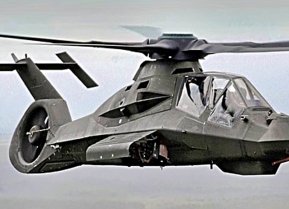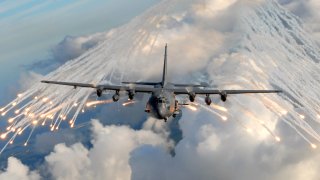The Aircraft of the U.S. Air Force’s Special Forces
Air Force Special Operations Command (AFSOC) provides the U.S. Air Force’s counterparts to U.S. Army Special Forces (AKA “The Green Berets”), Navy SEALs, and Recon Marines.
Air Force Special Operations Command (AFSOC) provides the U.S. Air Force’s counterparts to U.S. Army Special Forces (AKA “The Green Berets”), Navy SEALs, and Recon Marines.
AFSOC’s Mission Statement and accompanying motto reads as follows: “Provide our Nation’s specialized airpower, capable across the spectrum of conflict … Any Place, Any Time, Anywhere.”
To accomplish this mission, AFSOC uses a variety of specialized aircraft.
Due to space limitations, we’ll have to settle for discussing three of those AFSOC aircraft herein.
The Lockheed Martin/Boeing AC-130 Gunship
The venerable C-130 Hercules is a member of an exclusive five-member pantheon of aircraft that have served in the U.S. Armed Forces for over 50 years (the others being the B-52 Stratofortess, the P-3 Orion, the KC-135 Stratotanker, and the U-2 Dragon Lady). The AC-130 Spectre is the gunship variant of the Hercules, i.e. the version tasked with blowing stuff up.
The Spectre first started blowing stuff up during the Vietnam War in 1966 – destroying over 10,000 enemy trucks in the process – then following up during Operation Urgent Fury in Grenada in 1983, Operation Just Cause in Panama in 1989, Operation Desert Storm in 1991, and onward to the Global War on Terror (GWOT) in the 21st century.
The official AFSOC fact sheets currently list two sub-variants of the gunship: the AC-130W Stinger II (not to be confused with the Stinger shoulder-fired missile) and the AC-130J Ghostrider.
These fact sheets differentiate between the two sister warbirds as follows (and yes, you will notice some repetition and verbal overlap between the two):
“The AC-130W Stinger II primary missions are close air support and air interdiction … The AC-130W Stinger II Precision Strike Package modification provides ground forces an expeditionary, persistent direct-fires platform that delivers precision low-yield munitions, ideally suited for close air support and urban operations … The aircraft is a highly modified C-130H featuring improved navigation, threat detection, countermeasures and communication suites. All AC-130W aircraft are modified with a precision strike package to perform the gunship mission.”
Meanwhile, on the Ghostrider’s side of the proverbial fence: “The AC-130J Ghostrider's primary missions are close air support, air interdiction and armed reconnaissance. Close air support missions include troops in contact, convoy escort and point air defense … The AC-130J provides ground forces an expeditionary, direct-fire platform that is persistent, ideally suited for urban operations and delivers precision low-yield munitions against ground targets … The AC-130J is a highly modified C-130J aircraft that contains many advanced features. It contains an advanced two-pilot flight station with fully integrated digital avionics.”
To make matters a bit more confusing, both the Stinger II and the Ghostrider have a so-called Precision Strike Package; both pack a 30mm cannon and a 1055 howitzer … yes, that’s correct, folks a howitzer fired from an airplane. One noteworthy differentiation is that the AC-130J’s arsenal includes Standoff Precision Guided Munitions consisting of GBU-39 Small Diameter Bomb, GBU-69 Small Glide Munition, AGM-114 Hellfire missile and AGM-176 Griffin missile, while the AC-130W’s extra package of goodies the GBU-39 and the Hellfire.
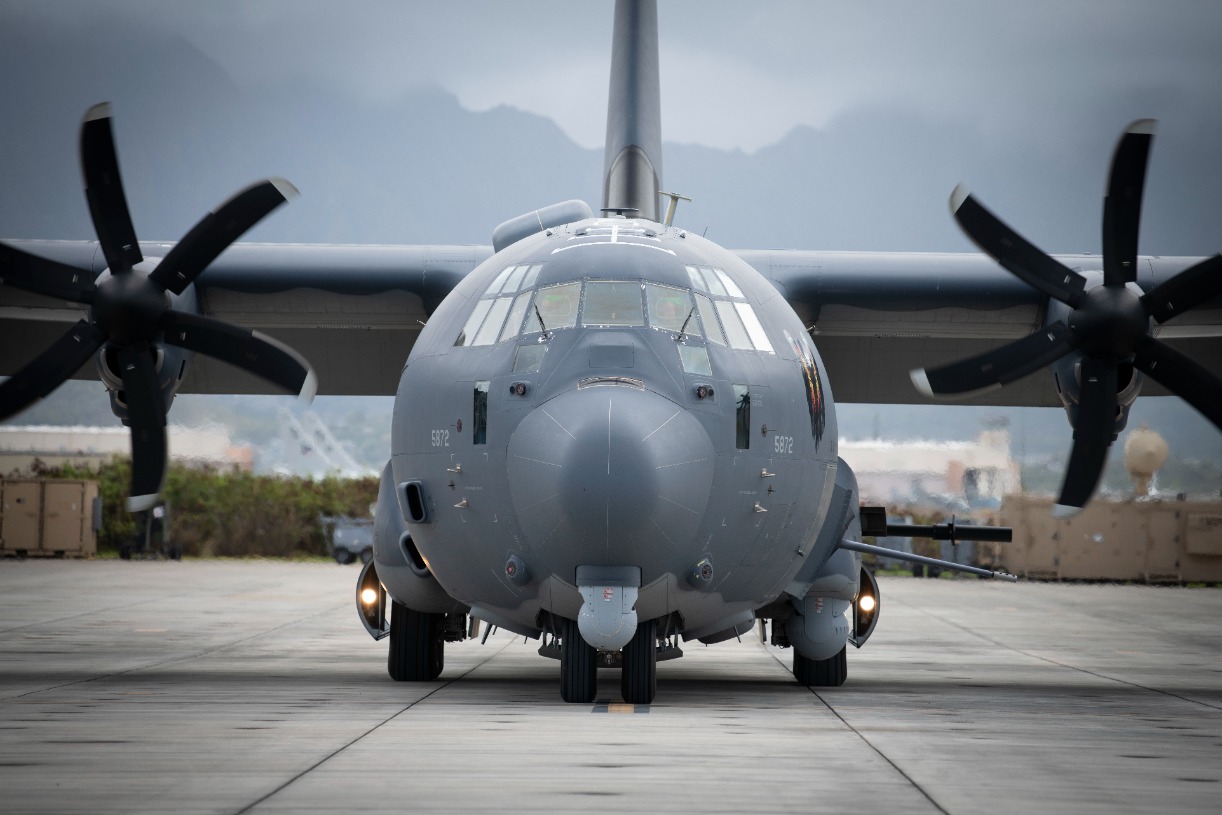
The Sikorsky MH-53 Pave Low
The AC-130 is AFSOC’s primary tool for taking lives. Up until her retirement in September 2008, the MH-53 Pave Low helicopter for AFSOC’s primary airframe for saving lives, although she was certainly also equipped with tools – as in 7.62x51mm NATO M134 miniguns and/or Browning M2 “Ma Deuce” .50 cals – for taking the lives of any bad guys who would attempt to interfere with Pave Low crews’ Combat Search and Rescue (CSAR) mission of saving the lives of downed good guy pilots. Based off of both the USAF’s Sikorsky HH-53 Super Jolly Green Giant and the Navy's CH-53 Sea Stallion, the Pave Low proved equally adept as ferrying Pararescue Jumpers (“PJs”) for those CSAR missions or carrying our various special forces-oriented clandestine operations.
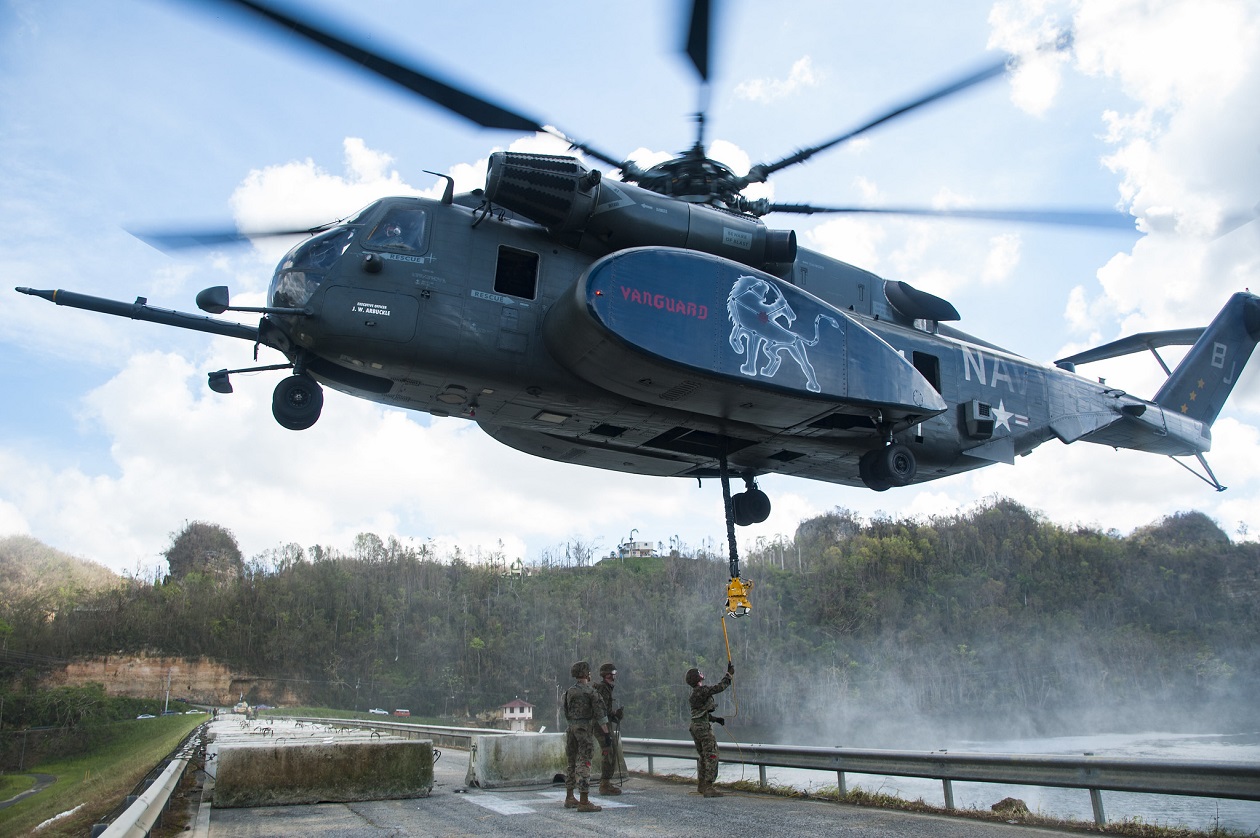
To name just a few of the many impressive accomplishments of the Pave Low crews: they led the way on the very first airstrike mission into Iraq during Operation Desert Storm (and replicated the feat 12 years later during Operation Iraqi Freedom); rescued a downed USN F-14 Tomcat crew during that same conflict; led the successful rescue missions for both US pilots shot down in Serbia in 1999; conducted the longest-ever helicopter rescues at sea in the North Atlantic in 1989 and 2002, and many a daring mission during the GWOT.
As previously indicated, the MH-53 has been retired for 14 years, but she found a successor in the form of …
… The Bell/Boeing CV-22 Osprey
Look! Up in the sky! It’s a bird! It’s a plane! No, wait, it’s a helicopter!
No, wait, it’s … the CV-22 Osprey, which is, according to the AFSOC fact sheet, “a tiltrotor aircraft that combines the vertical takeoff, hover and vertical landing qualities of a helicopter with the long-range, fuel efficiency and speed characteristics of a turboprop aircraft. The mission of the CV-22 is to conduct long-range infiltration, exfiltration and resupply missions for special … forces … The CV-22 can perform missions that normally would require both fixed-wing and rotary-wing aircraft. The CV-22 takes off vertically and, once airborne, the nacelles (engine and prop-rotor group) on each wing can rotate into a forward position.”
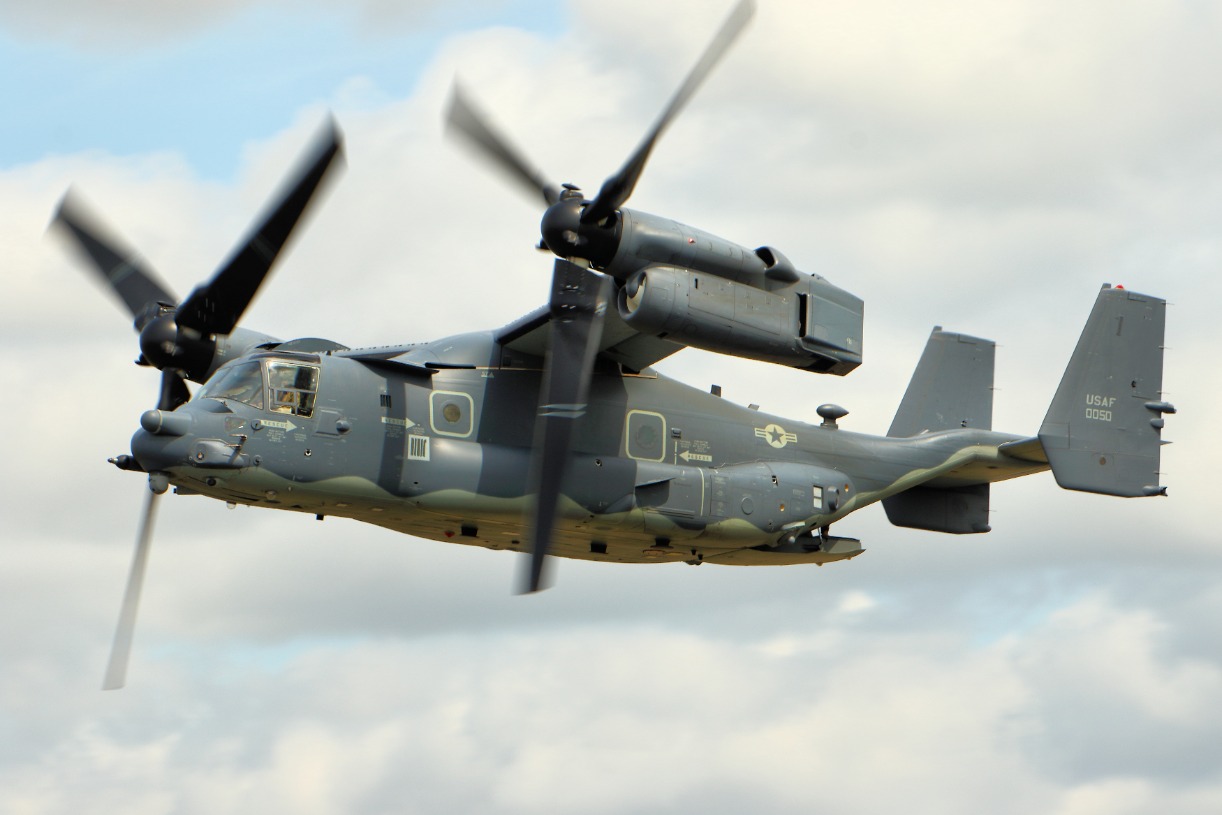
The CV-22 is essentially the AFSOC version of the USMC MV-22. It’s equipped with integrated threat countermeasures, terrain-following radar, forward-looking infrared sensor and other systems that allow it to operate in various austere conditions. Besides the four-person crew, it can carry a payload of 24 personnel (seated), 32 personnel (floor loaded) or 10,000 pounds of cargo. It has a maximum speed of 280 knots and has a single ramp-mounted “Ma Deuce” for self-defense.
Alas, the Osprey has been teething issues since her maiden flight in 1989, crashing four times in non-combat operations and resulting in 30 fatalities between 1991 and 2000. The plane finally went operation in 2007, but problems have continued, such as AFSOC’s decision earlier this year to ground their entire Osprey fleet due to multiple so-called “hard clutch engagements.” Interestingly, however, the USMC has not followed suit with its own Osprey fleet.
About the Author
Christian D. Orr is a former Air Force Security Forces officer, Federal law enforcement officer, and private military contractor (with assignments worked in Iraq, the United Arab Emirates, Kosovo, Japan, Germany, and the Pentagon). Chris holds a B.A. in International Relations from the University of Southern California (USC) and an M.A. in Intelligence Studies (concentration in Terrorism Studies) from American Military University (AMU). He has also been published in The Daily Torch and The Journal of Intelligence and Cyber Security. Last but not least, he is a Companion of the Order of the Naval Order of the United States (NOUS). In his spare time, he enjoys shooting, dining out, cigars, Irish and British pubs, travel, USC Trojans college football, and Washington DC professional sports.
All images are Creative Commons.
